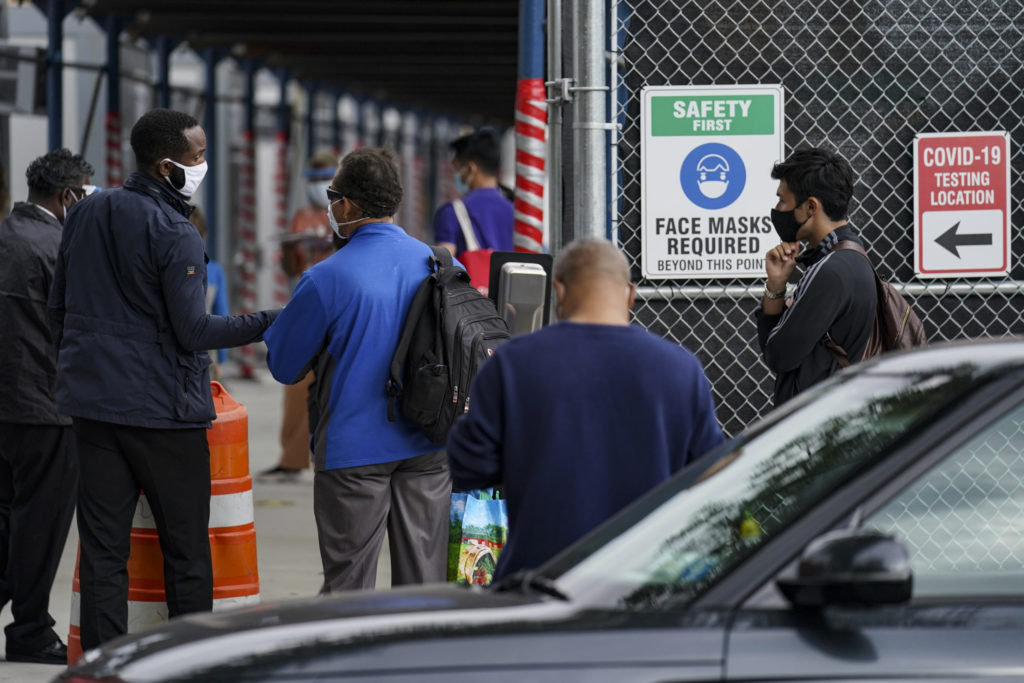Some Brooklyn restrictions eased, but statewide cases at highest since May

Gov. Andrew Cuomo announced Wednesday that he was easing restrictions slightly in some coronavirus hot spots in New York City, but adding them in areas along the Pennsylvania border as the state recorded more than 2,000 new infections in a single day for the first time since mid-May.
The tweaks will mean that schools in parts of Brooklyn and Queens that were shut down two weeks ago will be allowed to reopen, with boosted testing efforts. Houses of worship will be able to increase attendance, as some areas shift from an “orange zone” to a “yellow zone” or are removed from the most severe “red zone” category. Restrictions in other areas will remain in place.
Brooklyn orange zone areas will become yellow zone areas, while its yellow zone areas will remain in that category.

Brooklyn Boro
View MoreNew York City’s most populous borough, Brooklyn, is home to nearly 2.6 million residents. If Brooklyn were an independent city it would be the fourth largest city in the United States. While Brooklyn has become the epitome of ‘cool and hip’ in recent years, for those that were born here, raised families here and improved communities over the years, Brooklyn has never been ‘uncool’.